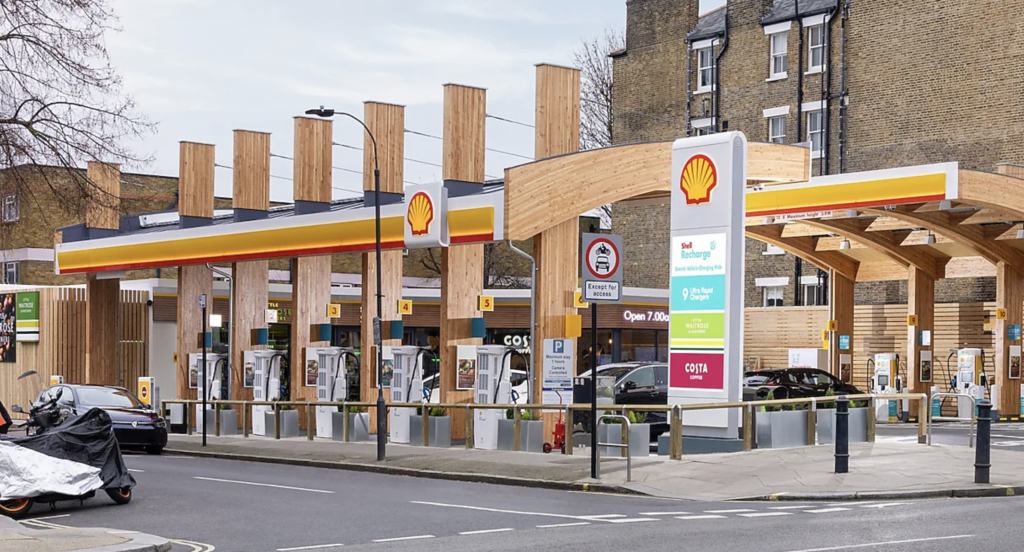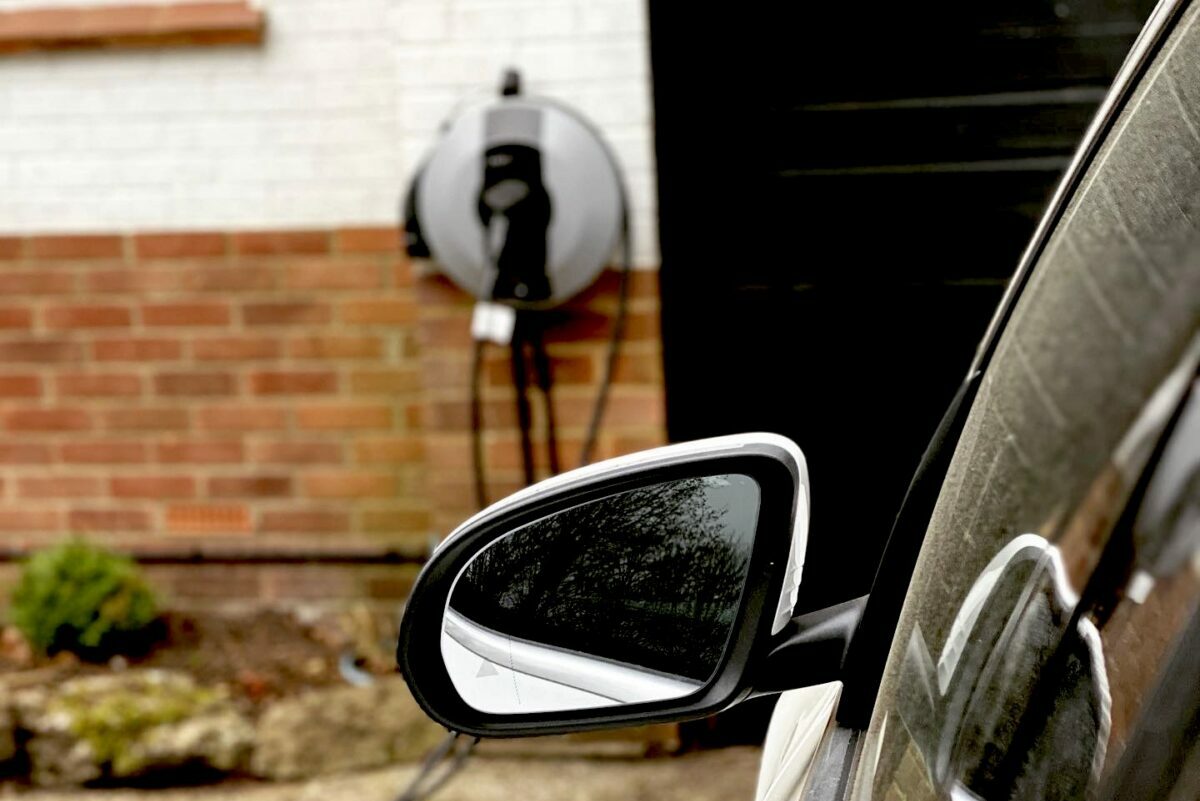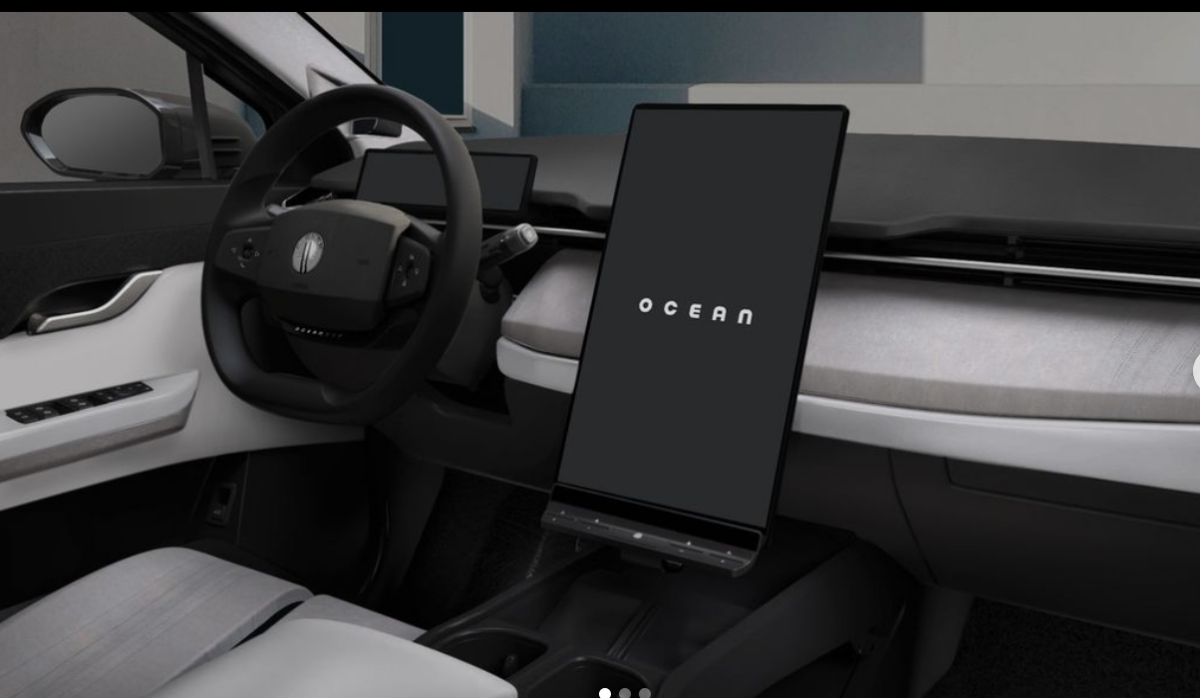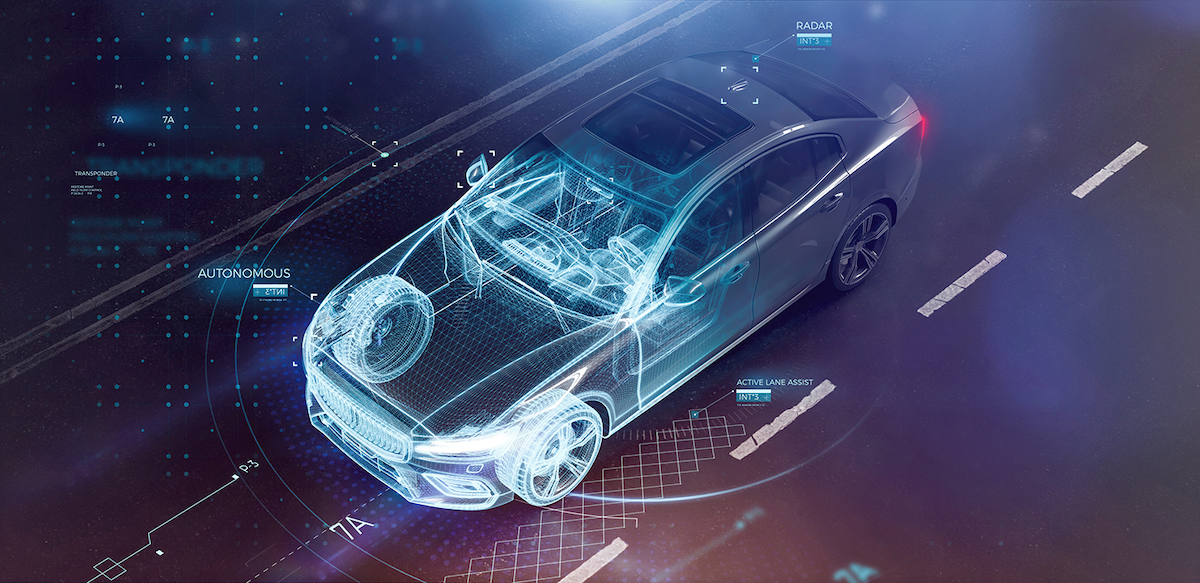The automotive landscape is in a state of constant evolution. Once dominated by the internal combustion engine (ICE), the industry is now rapidly embracing electric vehicles (EVs) at an extraordinary pace. As we navigate this transition towards a fully electric future, parts manufacturers face the challenge of striking a delicate balance between the supply of EV and ICE components. The journey towards a completely electric automotive landscape is projected to extend over the next 20 years.
The UK and the EU are still currently negotiating over post-Brexit trade deals concerning electric car tariffs. As with any significant change, concerns are inevitable, but many of these can be addressed. Infrastructure issues may have slightly slowed the rise of EVs but the impact of their arrival is still being felt across the sector.

It is crucial that manufacturers learn to navigate the supply balance of both EV and ICE parts as the transition to EV will continue to take a defined amount of time. But that’s not the only thing to consider. Financial constraints pose a significant challenge for the industrial and business sectors in supporting the co-existence of ICE and EV. Navigating the simultaneous support for EV and ensuring the continuity of ICE presents a significant and challenging task. This is a seismic moment for the automotive industry, and the stakes are high. Manufacturers must get it right to not only survive but thrive amid this transformative change, regardless of their size.
Despite the inherent challenges, the adoption of EVs will proceed. There are compelling reasons to support this transition. To start with, the importance of addressing climate change places sustainability at the forefront of the societal agenda. Swiftly transitioning away from non-renewable resources is essential, and EVs play a pivotal role in reducing emissions and promoting cleaner transportation.
Secondly, consumer demand is shifting. With governments and non-governmental organisations endorsing the benefits of EVs, coupled with financial incentives, a growing segment of the car-buying market is embracing electric alternatives. Technological advancements, including increased vehicle range and charging infrastructure proliferation, further fuel this trend.
Financial constraints pose a significant challenge for the industrial and business sectors in supporting the co-existence of ICE and EV
Thirdly, ongoing technological advancements in the EV sector are enhancing accessibility, affordability, and practicality. EVs are not a passing trend but a permanent fixture. The ability of individual businesses to adapt will be the deciding factor in their success or failure.
Investing in EV technology not only fosters economic growth and job creation, but also contributes to building a sustainable and cleaner future. It is necessary for everyone to collectively embrace this change and experience the rewards it promises while managing the transition to maintain a balanced and sustainable mobility landscape.
The opinions expressed here are those of the author and do not necessarily reflect the positions of Automotive World Ltd.
Philippe Colpron is Head of ZF Aftermarket
The Automotive World Comment column is open to automotive industry decision makers and influencers. If you would like to contribute a Comment article, please contact editorial@automotiveworld.com


